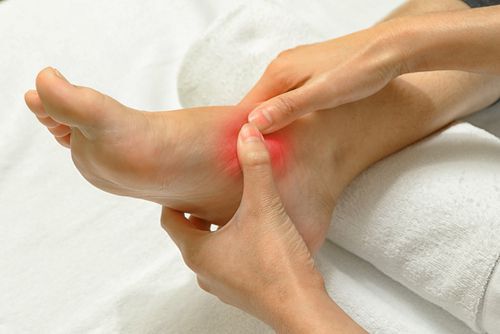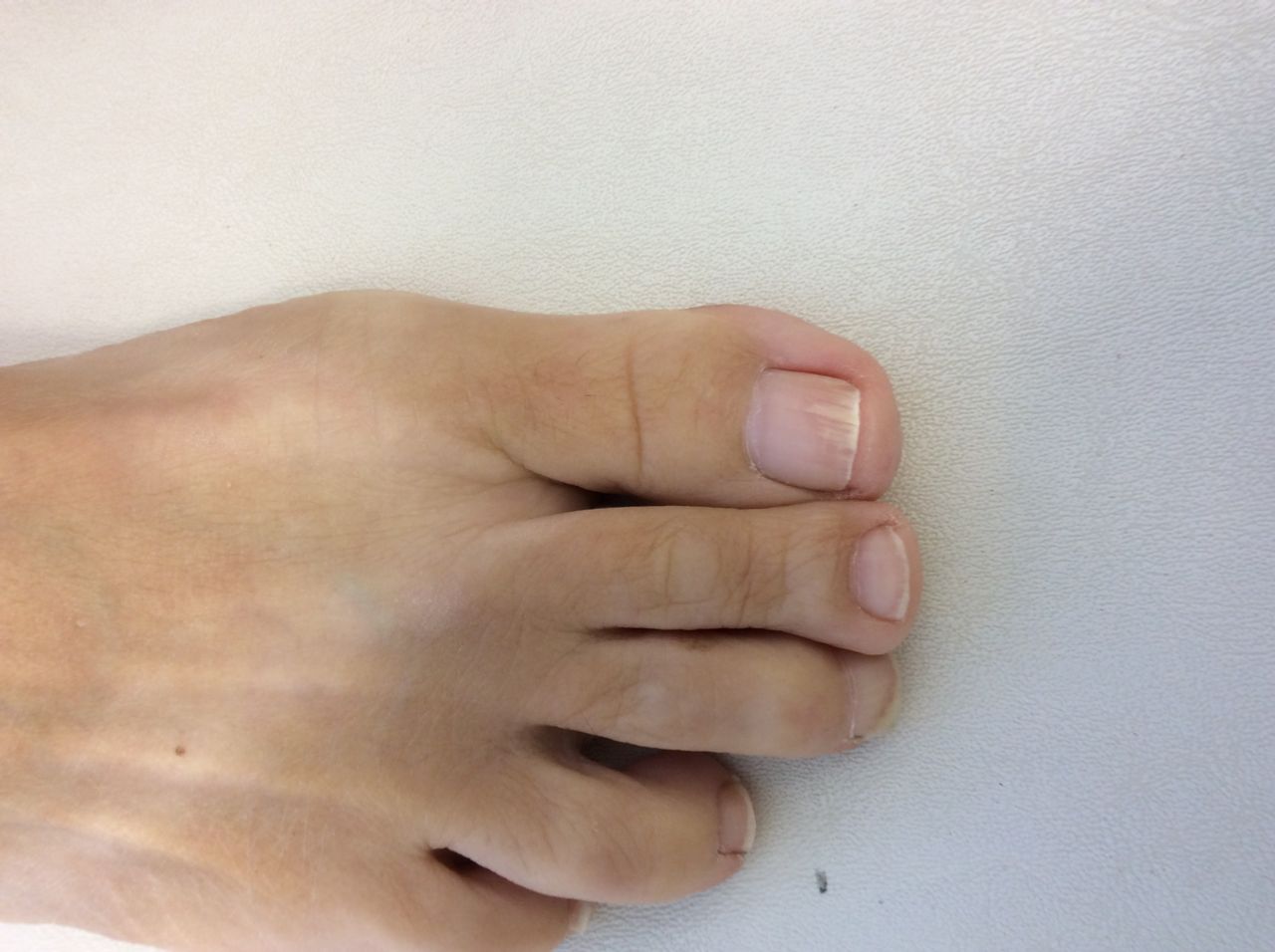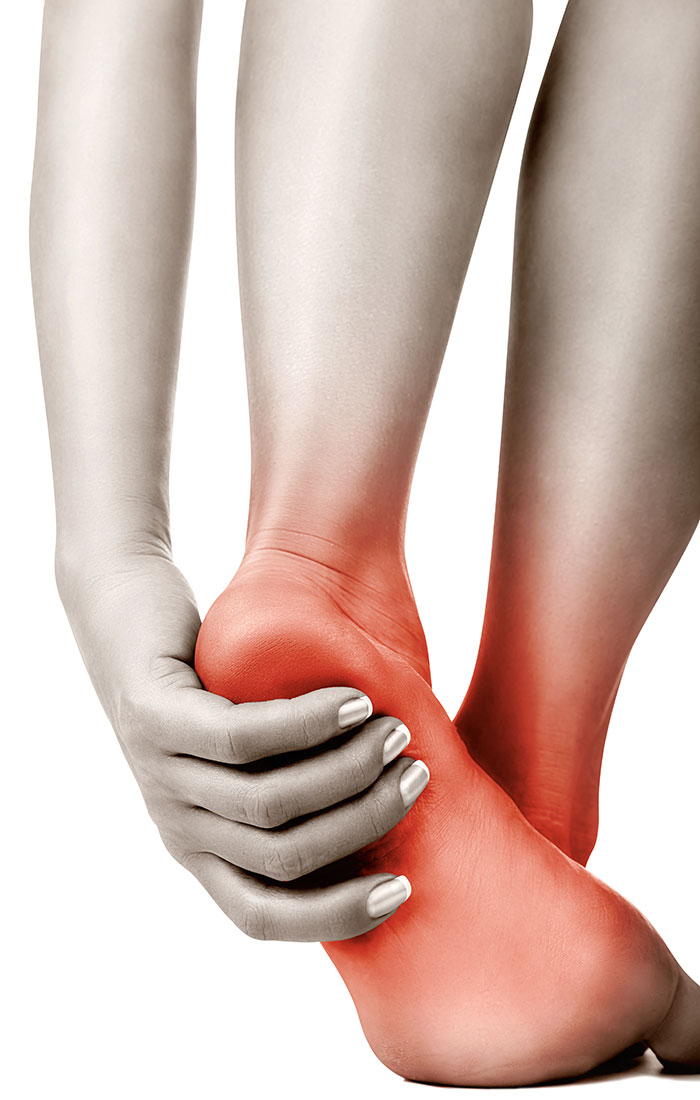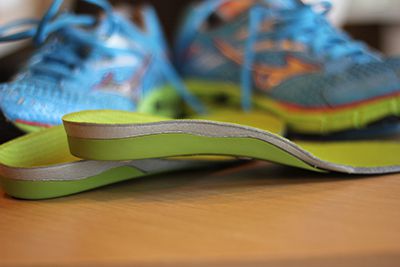Foot and Ankle Exam
What a Podiatric Physical Exam Entails
If you come to us for a foot exam, it is probably because you have a symptom you want us to check out; such as pain, numbness, irregular toenails, or skin problems, to name a few. We want to give you an idea of what to expect and what we look for during your visit. 
We start by gathering information about your medical history, your symptoms, and what you were doing when the problem began. Then we proceed with the actual exam:
- Doing a thorough hands-on evaluation of your feet and ankles
- Observing your movements (range of motion, walking, etc.)
- Testing your balance and muscle strength
- Checking for limb length differences or misaligned bones
- Examining the condition of your skin
- Checking your toenails as well as the presence or absence of digital hairs
- Assessing any abnormal wear pattern on your shoes.
Why do we do all this if you just have, for example, a sore toe? Well, your feet are connected to and affected by other parts of your body, and everything must work together for you to function and move efficiently without foot pain. There are four main systems that we evaluate.
Do You Have Good Blood Flow?
Since your feet are the part of you farthest from your heart, their circulation is the first to suffer. Conditions like heart disease and diabetes, and habits like smoking, can lead to loss of blood flow, too. A foot exam can indicate poor blood flow by observing symptoms such as purplish skin color, loss of hair on top of the toes, cold feet, and slow healing, among others.
Do Your Nerves Carry Signals Properly?
Lack of sensation in your feet is a common complication of diabetes, injury, or even back problems. If you complain of numbness, we may use a pin, cotton swab, or nylon monofilament to test your feeling at various spots on your feet. Knowing where nerves are not functioning can help us diagnose foot problems such as peripheral neuropathy and neuromas.
Do Your Bones and Muscles Function As They Should?
We will check for foot and toe deformities where bones do not line up properly, including bunions, hammertoes, and misaligned ankle joints from having flat feet. We will also test the strength of the muscles that move these bones, as many times the deformity occurs from an imbalance between opposing sets of muscles and tendons. For example, with hammertoes, those under the toe are usually stronger and tighter, while those on top are weaker and looser.
Do Your Skin and Toenails Have Problems?
Dry skin, ingrown toenails, fungal infections, and rashes are just a few of the conditions we can identify with a thorough foot exam. Certain symptoms of your skin and nails can indicate underlying problems, as well. For instance, differences in temperature from one foot to another can indicate a vascular problem. Your feet are not immune to cancer, either, so suspicious spots should be checked as soon as possible.
Trust Your Feet to the Experts
When you notice something wrong with your feet or suffer from foot pain, let our foot specialist team at Ottawa Foot Practice in Ontario, do a podiatric foot exam and diagnose any issues. Once we have gotten to the root of your problem, we offer state-of-the-art foot treatments that will get you back on track. Call our office in Ottawa, ON, today at (613) 595-9700 to set up an appointment. You can also follow us on Twitter, Facebook, Pinterest, and Google+ for the latest in foot care tips and trends.











